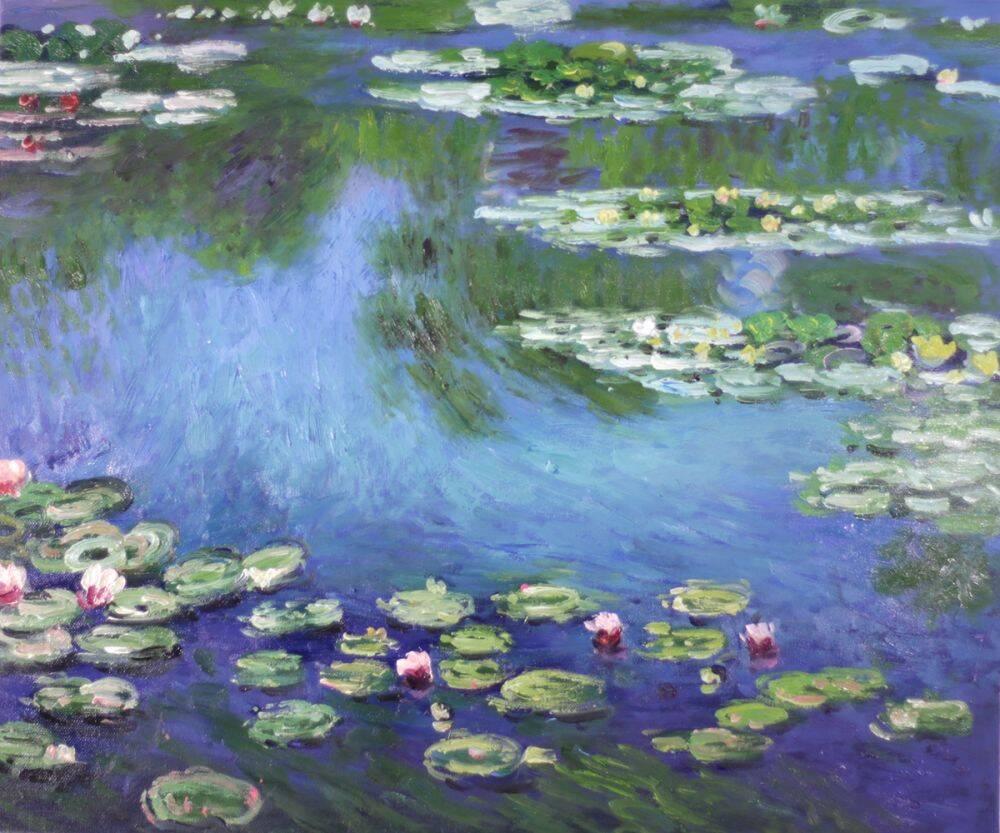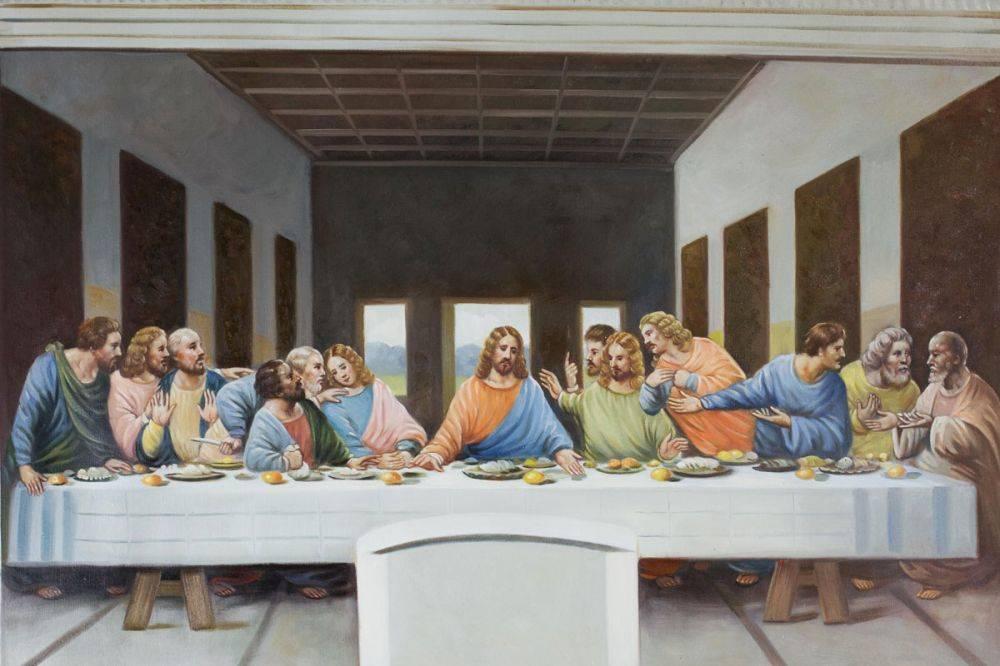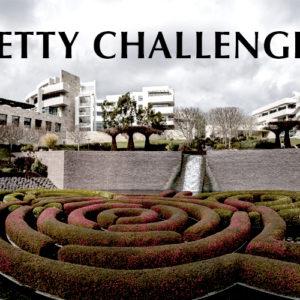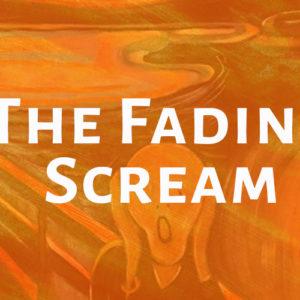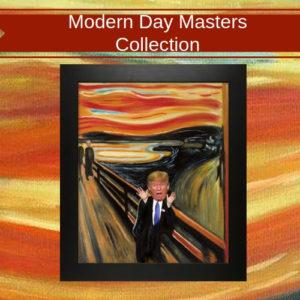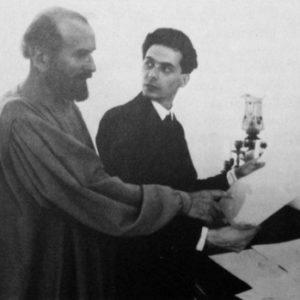Facebook stories
Top ‘Liked’ art posts from facebook September 12 2011
The following is a list of the top posts of the week that we’ve shared with our Facebook friends on the overstockArt.com Facebook page. We try and make our Facebook posts informative and engaging as we love to hear what our fellow art lovin’ friends have to say about particular artists and their art. So if you have a moment, check out the overstockArt.com facebook page and share your passion for art and wall decor with us!
- Featuring Jacqueline Roque, wife and muse of Pablo Picasso.Continuing our story on the women behind Pablo Picasso’s art is a feature of his wife and muse, Jacqueline Roque.
From 1953 until his death in 1973, Jacqueline Roque was Picasso’s wife, lover, muse, and loyal assistant. Born and raised in Paris by an abandoned and destitute single mother, Roque was orphaned at age eighteen, following her mother’s stroke. A single mother herself when meeting Picasso, Roque was twenty-seven, recently divorced from her first husband, and working as a sales assistant on the French Riviera, where the artist produced his ceramics. With her large, dark eyes and long, black hair, Roque reminded Picasso of one of the harem girls in Eugène Delacroix’s “The Women of Algiers” (1834), and she was the inspiration for a series of works Picasso created in response to Delacroix’s masterpiece.
Wary at first of committing to Picasso given his reputation, Roque warned the artist early on in their relationship: “If one day there is another muse, I’ll congratulate her, I’ll send her flowers. But I’ll be out the door.” After finally succumbing to Picasso’s grandiose gestures of devotion, the couple married in secret in 1961. The most reclusive of Picasso’s women, Roque stayed by Picasso’s side throughout their marriage, essentially at his beck and call from morning until night. Following Picasso’s death in 1973, Roque fought tirelessly to preserve and promote his work, and she was instrumental in establishing the Musée Picasso in Paris.
- Paul Klee: Variously associated with Expressionism, Cubism, Futurism, Surrealism, and Abstract
 Variously associated with Expressionism, Cubism, Futurism, Surrealism, and Abstraction, Swiss-German artist Paul Klee (1879-1940) usually worked in isolation from his peers and interpreted new art trends in his own way, making his work hard to classify. Drawn to the expressiveness of primitive art & children’s paintings, Klee became known for the fine lines and playful geometry of works like “Young Moe, 1938”.
Variously associated with Expressionism, Cubism, Futurism, Surrealism, and Abstraction, Swiss-German artist Paul Klee (1879-1940) usually worked in isolation from his peers and interpreted new art trends in his own way, making his work hard to classify. Drawn to the expressiveness of primitive art & children’s paintings, Klee became known for the fine lines and playful geometry of works like “Young Moe, 1938”.
Klee produced nearly 10,000 works in many different media, including oil paint, ink, pastel, and etching (often combining them into one work), but he is best known for his watercolor paintings. A skilled illustrator & respected teacher at the Bauhaus, Klee’s work impacted 20th-century Surrealist and Nonobjective artists, and the budding Abstract Expressionist movement.
- The story of Pablo Picasso’s romance with Françoise Gilot
The story of Pablo Picasso‘s romance with Françoise Gilot, the mother of his two youngest children. Françoise Gilot was Picasso’s lover and muse from 1944 to 1953, and the mother of his children Claude (b. 1947) and Paloma (b. 1949). Gilot met Picasso when she was twenty-one years old and living in Paris during the German Occupation. Strong-willed, extremely self-confident, and aspiring to be an artist in her own right, Gilot refused to humor Picasso’s love of the romantic chase or to play the role of an innocent and impressionable ingénue. When Picasso first brought her to his studio, Gilot dispensed with any pretense of resisting his advances, prompting him to say, “How do you expect me to seduce anyone under conditions like that? If you’re not going to resist—well, then, it’s out of the question. I’ll have to think it over.”
Françoise Gilot was Picasso’s lover and muse from 1944 to 1953, and the mother of his children Claude (b. 1947) and Paloma (b. 1949). Gilot met Picasso when she was twenty-one years old and living in Paris during the German Occupation. Strong-willed, extremely self-confident, and aspiring to be an artist in her own right, Gilot refused to humor Picasso’s love of the romantic chase or to play the role of an innocent and impressionable ingénue. When Picasso first brought her to his studio, Gilot dispensed with any pretense of resisting his advances, prompting him to say, “How do you expect me to seduce anyone under conditions like that? If you’re not going to resist—well, then, it’s out of the question. I’ll have to think it over.”
After some time, Gilot tired of Picasso’s continued infidelities, and she left him in 1953. In 1964 Gilot published her memoirs, “Life with Picasso,” which sold over one million copies, and enraged Picasso. Gilot currently lives in New York and Paris, where she continues to paint and exhibit, and to work on behalf of the Salk Institute in La Jolla, California.
- Portraiture can be a tricky thing
 Portraiture is a tricky thing—especially when the medium and the subject are the same things! Expressive paintings like Gustav Klimt Paintings Portrait of Adele Bloch-Bauer can exist in three-dimensional planes, as emerging artist Alexa Meade has provenIn a series best described as “reverse trompe l’oeil” (“trompe l’oeil” being a visual deception in which objects are rendered in fine detail, and emphasize the illusion of having tactile and spatial qualities), Meade turns people into living canvases. She liberally applies paint to both the subject and the surroundings and then photographs the two together. Pictured together, the model becomes one with the background, and appears to be part of a two-dimensional canvas—the overall effect is so striking that most of Meade’s viewers find it difficult to believe she is not creating conventional paintings.
Portraiture is a tricky thing—especially when the medium and the subject are the same things! Expressive paintings like Gustav Klimt Paintings Portrait of Adele Bloch-Bauer can exist in three-dimensional planes, as emerging artist Alexa Meade has provenIn a series best described as “reverse trompe l’oeil” (“trompe l’oeil” being a visual deception in which objects are rendered in fine detail, and emphasize the illusion of having tactile and spatial qualities), Meade turns people into living canvases. She liberally applies paint to both the subject and the surroundings and then photographs the two together. Pictured together, the model becomes one with the background, and appears to be part of a two-dimensional canvas—the overall effect is so striking that most of Meade’s viewers find it difficult to believe she is not creating conventional paintings.
Meade is not a trained artist and didn’t begin experimenting with three-dimensional subjects until 2008. After becoming fascinated with how the sun casts moving shadows, Meade spent months doing experimental paintings on non-traditional objects and debuted her work in October 2009. Since then, she’s received critical acclaim for her innovative brand of portraiture and has exhibited her work around the world.
This is it! We hope you will continue to enjoy reading our ArtCorner blog and come join us on Facebook for more artistic discussions!

